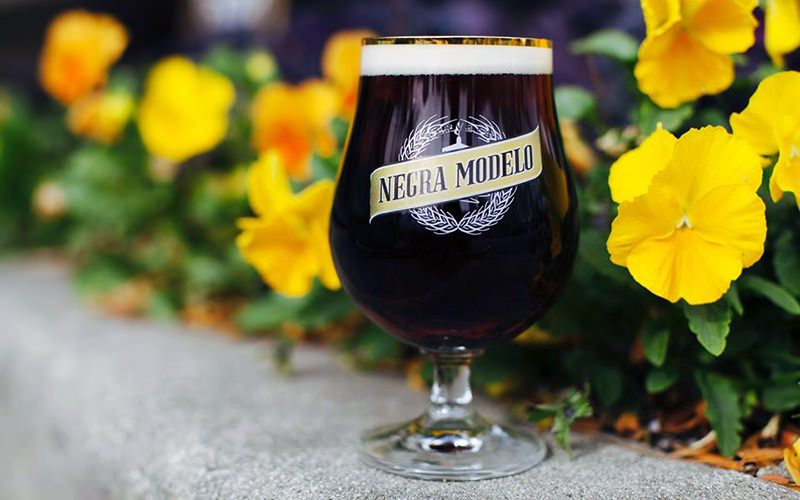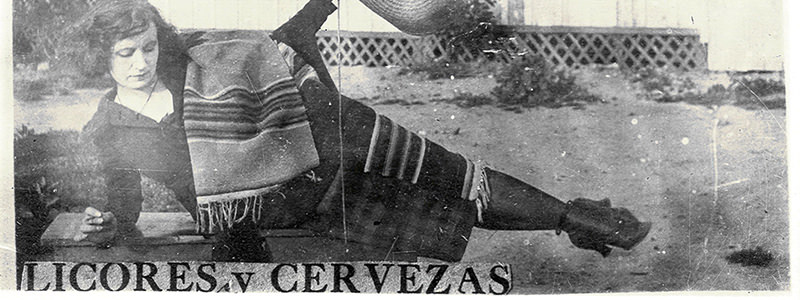Cinco de Mayo (aka not really Mexican Independence day) is coming up, and with that impending date comes a rush of Americans looking to buy Mexican beer (in Spanish, cerveza). The thing is though, much like Cinco de Mayo itself, Mexican beer isn’t really made in a particularly Mexican style. If you take a look at some of the most popular Mexican beers you’ll see that many are made in various European fashions, channeling German dunkels and Vienna-style lagers. The similarity begs the question, why does Mexican beer taste European and does that mean the beer isn’t actually Mexican?
Booze making in Mexico far predates the Corona. Even prior to the Spanish Conquest, Mayan and Aztec communities were making pulque, a fermented drink made from the sap of the agave plant. As you can imagine, pulque was actually the precursor to mezcal and tequila, but not what we think of as a typical “Mexican beer.”
Grain beer and traditional brewing began to take shape in the mid-19th century with a wave of Germanic immigration. Mexico spent four years under the domain of Austro-German Emperor Maximilian, and he loved his beer enough to open his own brewery. The influence stuck, and you can see Viennese style beer being reflected in two of Mexico’s most popular brands, Negra Modelo and Dos Equis Amber.
 From Maximilian’s rule to well into the early 20th century, breweries began popping up left and right. La Pila Seca, the first lager beer brewery in Mexico, was founded by Bernhard Bolgard, a Swiss immigrant, and similarly styled breweries followed. By 1918, 36 beer producers had taken shape in Mexico, producing beer for the european immigrants as well as the indigenous population – though the indigenous people weren’t as found of the beverage as their colonizers were. When American Prohibition was passed, Americans also began to flock to Mexico to drink a cold one, further increasing demand. To these new American drinkers the beer was Mexican.
From Maximilian’s rule to well into the early 20th century, breweries began popping up left and right. La Pila Seca, the first lager beer brewery in Mexico, was founded by Bernhard Bolgard, a Swiss immigrant, and similarly styled breweries followed. By 1918, 36 beer producers had taken shape in Mexico, producing beer for the european immigrants as well as the indigenous population – though the indigenous people weren’t as found of the beverage as their colonizers were. When American Prohibition was passed, Americans also began to flock to Mexico to drink a cold one, further increasing demand. To these new American drinkers the beer was Mexican.
By 1925 foreign demand was firmly in place, and Mexico was producing over 50,000 liters of beer annually. However, indigenous Mexican drinkers still wanted pulque, so breweries campaigned against the native drink, proclaiming it unsanitary and crude, while advertising beer as a glamorous treat. Some even rumored pulque to be made with feces.
With pulque defamed and the Mexican beer industry surging, “European” beer was there to stay. However, much like the craft beer industry in contemporary America, most of the small breweries that opened were eventually acquired by the two major beer giants in Mexico today: Grupo Modelo and FEMSA, interestingly enough, both Mexican-founded. This acquisition allowed the products to further be solidified as “Mexican.”
In this sense, Mexican beer has a complicated identity. The incentive to create the product in the first place was spurred by foreign demand – at the expense of an already local product (pulque). However, even mezcal, a quintessential “Mexican” drink has Spanish origins, because it was the Spaniards who distilled pulque in the 16th century. So it would be inaccurate (and offensive) to say there’s no such thing as Mexican beer. Besides their Mexican roots, the two major Mexican beer conglomerates, Grupo Modelao and FEMSA, do produce some beer meant solely for the Mexican marketplace and Mexican tastes.
However, Grupo Modelo and Femsa are now both owned by Anheuser-Busch InBev and Heineken respectively. Therefore, currently there isn’t a whole lot of beer being made in Mexico that is actually owned by Mexicans. Presently, the conglomerates control the market very similarly to the way they controlled the U.S. beer market in the 80’s – but it was that conglomerate control that ultimately served as the catalyst for the American craft beer boom. While right now less than .1% of the Mexican beer market belongs to the craft sector, as reported recently by Vice, growth does continue. And to put it in perspective, America’s craft beer market is just under 10%, yet we fully embrace that percentage as a craft boom. So who knows, hopefully soon we’ll be embracing a Mexican owned and made beer boom as well.
Regardless of origin, it’ll be interesting to see what Mexico comes up with. As American consumers, we’re firmly attached to the idea of Mexican beer as its own category of beverage, so who knows, as the craft movement in Mexico continues to grow, perhaps American style IPAs made in Mexico and “Mexican-style” lagers made in the U.S. are right around the corner.
Header image via Flickr / Don The UpNorth Memories

